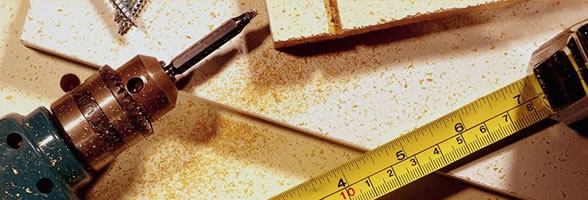Article archive
10/06/2016 20:54
The khen is a musical instrument used by the Mong ethnic minority, who call it the kenh, while the Viet gave it the name Mong Khen (previously Meo Khen). The E De ethnic minority in the Central Highlands use a similar instrument called Ding Nam.
The kenh is a wind instrument with an ancient history (about 2,500-3,000 years). The present-day kenh is a polyphonic instrument in the shape of a set of bamboo pipes of varying sizes that are arranged in two rows.
Each pipe is fitted with a reed made of a thin strip of copper. The section of the pipes with the reed lies inside the wooden air-chamber. The part of the pipe lying outside it shows a finger-hole. The pipe into which the player blows lies at right angles with the pipes with finger holes. The sound of thekhen is not very clear but quite strong, nonetheless; the deepest notes are rather dull.
The Mong play the khen on various occasions, including funerals where it is...
—————
10/06/2016 20:54
This musical instrument was intended for women. The name klong put of Xo Dang origin has become the common name of this woodwind musical instruments depicted to the right. It is played by ethnic groups in Tay Nguyen, such as the Xo Dang, Ba Na, Gia Rai, Hre, etc.
The k'long put is made of a set of 2 to 12 bamboo tubes. Each tube has a length ranging from 60 to 200cm and a diameter ranging from 5 to 8cm. The tubes are either opened at one end or at both ends. When played, the tubes are laid horizontally and the player must either stand with her back bent or kneel while clapping her hands to push air into the tubes to produce sounds. Generally, each tube produces only one tone. However, some ethnic groups use the hand to block one end of the tube to produce some different pitches. With this technique, a two tube klong put can produce four or five pitches.
According to a legend, this instrument is the residence of Mother Rice (goddess). Therefore,...
—————
10/06/2016 20:54
Rija is a term used by the Cham to designate numerous festivals related to agriculture and clans (for instance, Rija Prong, Rija Nagar or Rija Yaup, etc.).
Rija festivals provide the perfect opportunity to focus on the traditional music of the Cham. Typical musical instruments include the baranung (one -sided drum), kinang (pair of drums), saranai (Cham oboe), and kanhi(two-stringed bow instrument with a tortoise shell resonator). In addition to ritual melodies, saranai tunes, and the over 50 kinang beats that accompany dances, participants can enjoy vai chai tunes characterised by a robust rhythm and an attractive performance. It brings an interesting contribution to the abundant treasure of labour-related songs of the Vietnamese.
Source: https://vietnamtourism.com/
—————

